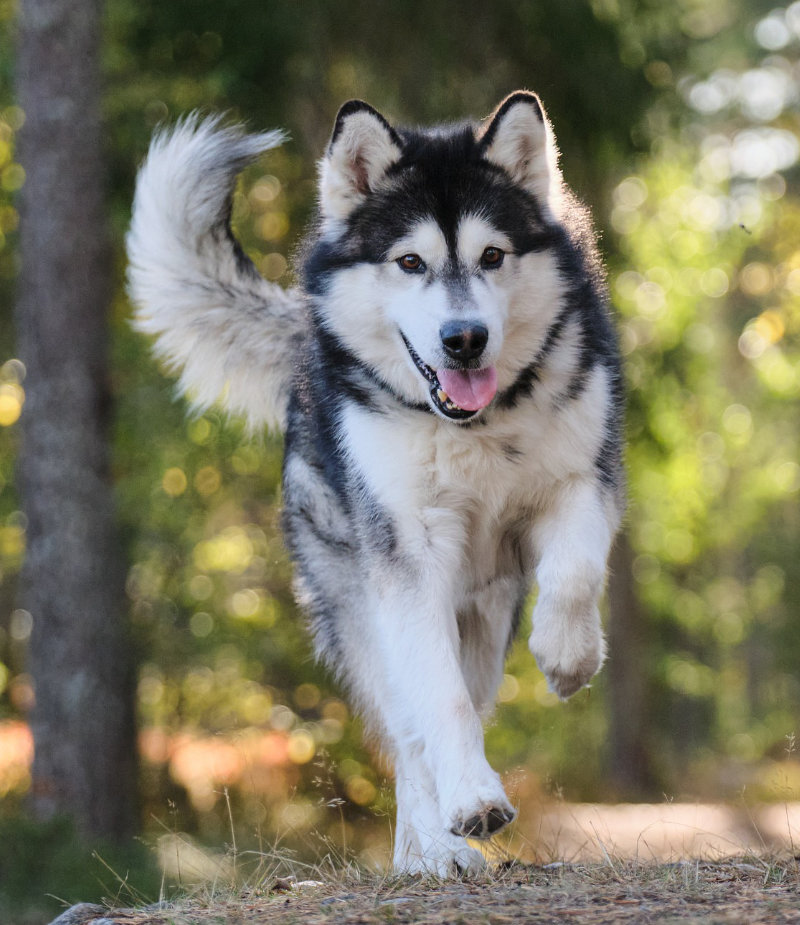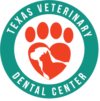Orthodontic Treatment for Malocclusions

What does “occlusion” mean? Occlusion describes the way teeth align with each other. “Normal” occlusion occurs when:
- the upper incisors just overlap the lower incisors (called a “scissor bite”),
- the lower canines are located at an equal distance between the upper third incisors and the upper canine teeth, and
- when the premolar crown tips of the lower jaw point between the spaces of the upper jaw teeth.
Flat-faced breeds (brachycephalics), such as boxer dogs, French bulldogs, English bulldogs, shih-tzus, Boston terriers, and lhasa apsos, have “abnormal” bites that are recognized as being “normal” for their breed, where the lower jaw protrudes in front of the upper jaw and alters the above tooth-to-tooth relationships.
What is “Malocclusion”? Malocclusion refers to abnormal tooth alignment. There are two types of malocclusion: skeletal and dental.
A skeletal malocclusion results when an abnormal jaw length creates a malalignment of the teeth. A dental malocclusion, or malposition, occurs when the upper and lower jaw lengths are considered normal, but there may be one or more teeth out of normal alignment (malpositioned tooth/teeth).
When a dental or skeletal malocclusion causes trauma to other teeth or to the oral soft tissues, the condition is termed non-functional or traumatic, and treatment is needed. Therapy options includes extraction, orthodontic treatment to move the offending or offended tooth/teeth, or performing an endodontic procedure (crown reduction with vital pulpotomy) to shorten the height of an offending tooth to reduce or eliminate oral trauma. Allow our doctors to evaluate your pet’s occlusion and discuss treatment options today!
Texas Veterinary Dental Center
12810 Fountain Lake Circle
Stafford, TX 77477
